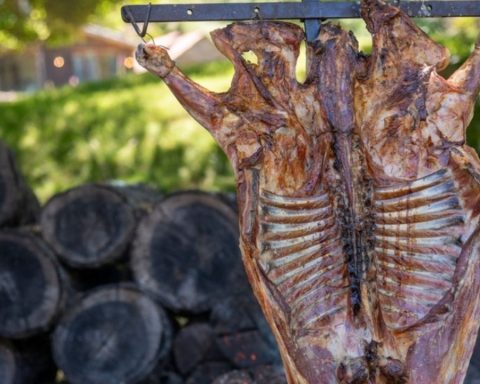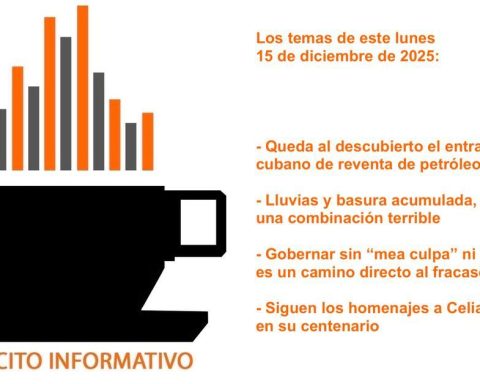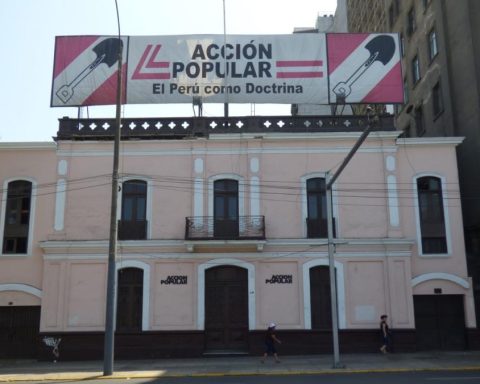The National Emergency Office (Onemi) reported during this day that it is already implementing the Winter 2022 Program between the Antofagasta and Magallanes regions to reinforce mitigation and preparedness actions.
Onemi reported that there are 7,622 critical points nationwide, this is an increase of 18.6% compared to last year.
Classification of critical points
It should be noted that this program is used for risk management, allowing communal critical points to be raised year after year, in order to prevent the rainfall that occurs in winter from harming the territory.
Three years ago, two platforms were added to the program to improve the capture, processing and publication of results: one consists of gathering information from community levels and another from sectors (including the MOP and MINVU).
This has allowed the identification of critical points, their level of risk and mitigation actions, at the community level, allowing a better work in the infrastructure of basic services and improvement in its preparation.
The classification of critical points is divided into Very High, High, Medium and Low and between 11 events:
- Mud/debris flow
- Infrastructure damage or loss
- undermining/erosion
- Activation of creeks
- Flooding due to river overflow
- Waterlogging of roads/overpasses
- road interruption
- Slide/collapse/roll/fall
- road freezing
- snow accumulation
- Collapse of rainwater collectors
Of the total of 7,622 critical points, 2,282 are categorized as High Risk and 1,695 as Very High Risk, which would correspond to 52.2% of the total number of points identified.
Regarding the causes associated with the critical points, 2,049 were identified as flooding due to the overflow of causes, 1,545 due to flooding of roads and level crossings; while those linked to the collapse of rainwater collectors and sewers reached 1,083.
Meanwhile, the figures region by region indicate that 40% (3,049) of the critical points are concentrated in the Metropolitan region with 1,290, Biobío with 913 and Coquimbo with 844.
Meeting with Minister Siches
During this Thursday, the director of the National Emergency Office, Ricardo Bullheld a meeting with the Minister of the Interior, Izkia Sichesat the agency’s headquarters, in order to address the Winter 2022 Program.
The head of the Interior stressed that we must be prepared and coordinated for the coming months. “Concrete actions must be taken to mitigate the impacts of emergencies,” she specified.
Meanwhile, Ricardo Toro pointed out that all the agencies linked to the program were present at the meeting: regional authorities, municipalities, the Ministry of Public Works, the Ministry of Housing and Urbanism, and the superintendencies of Sanitary Services and Electricity and Fuel.
Video via Twitter: @onemichile


















